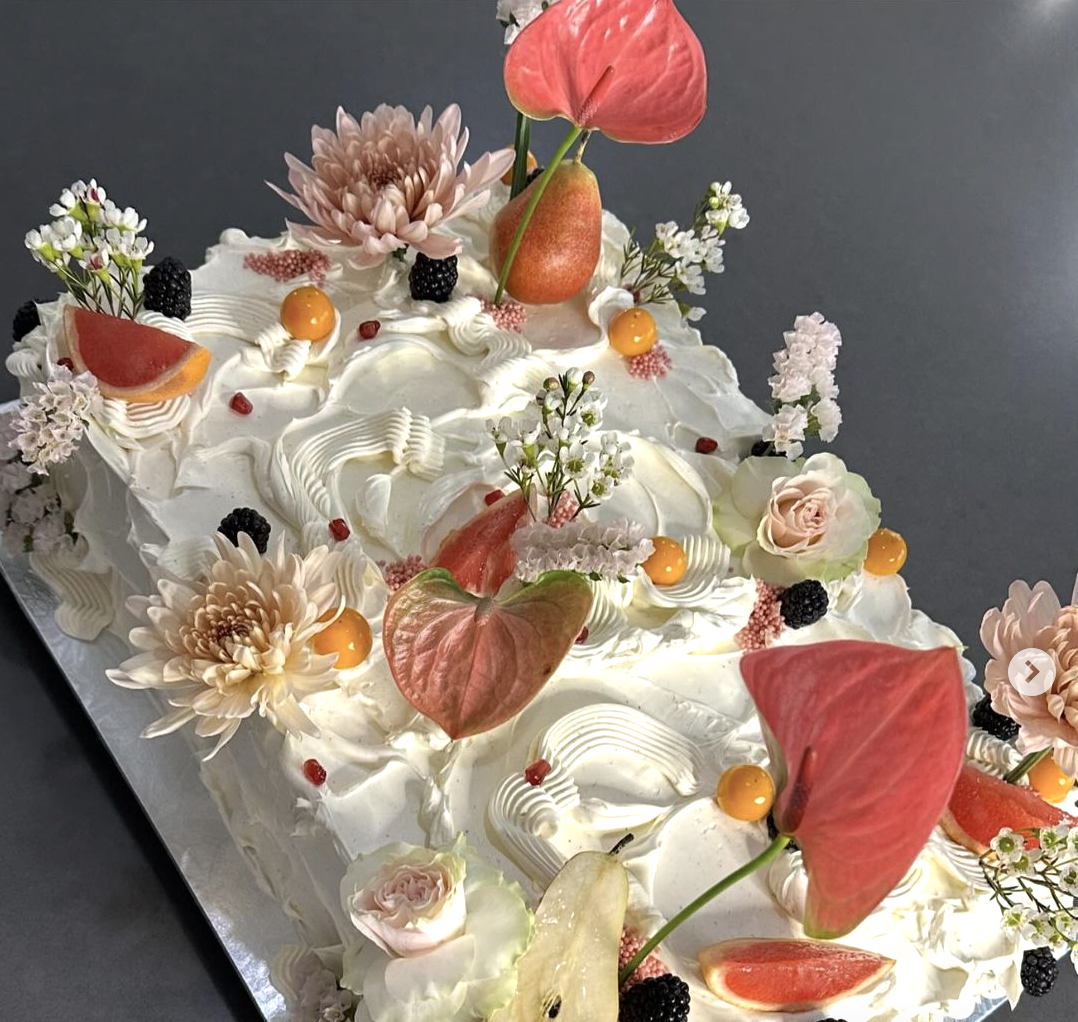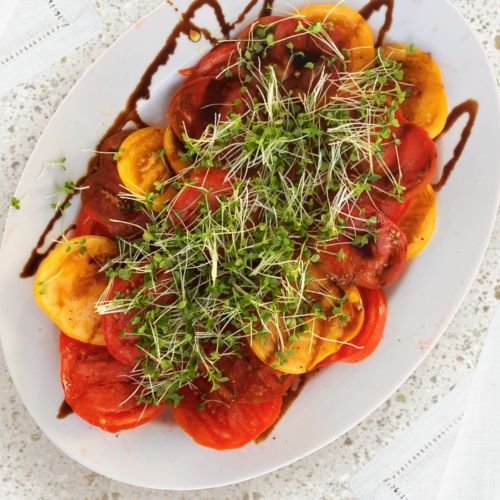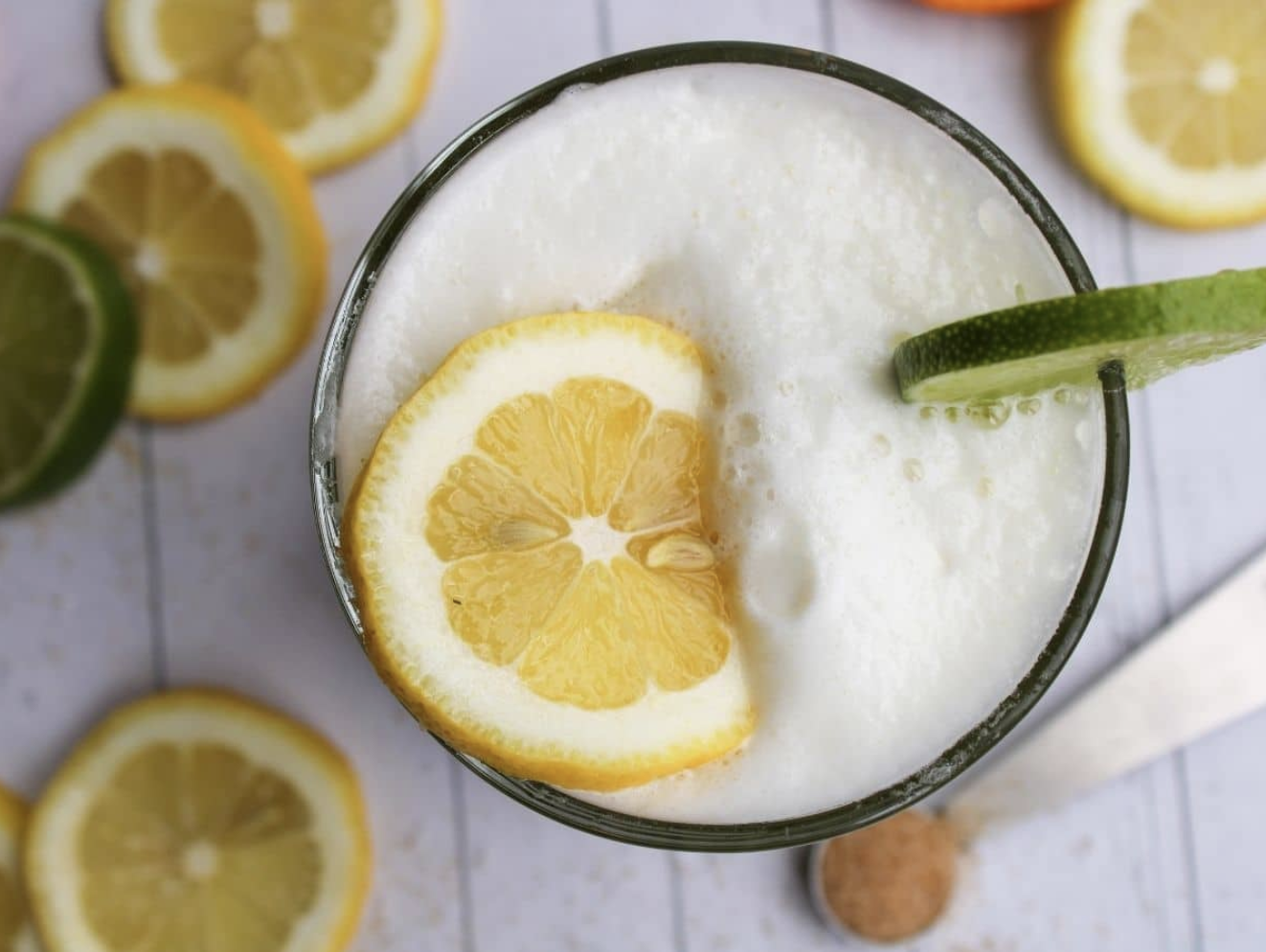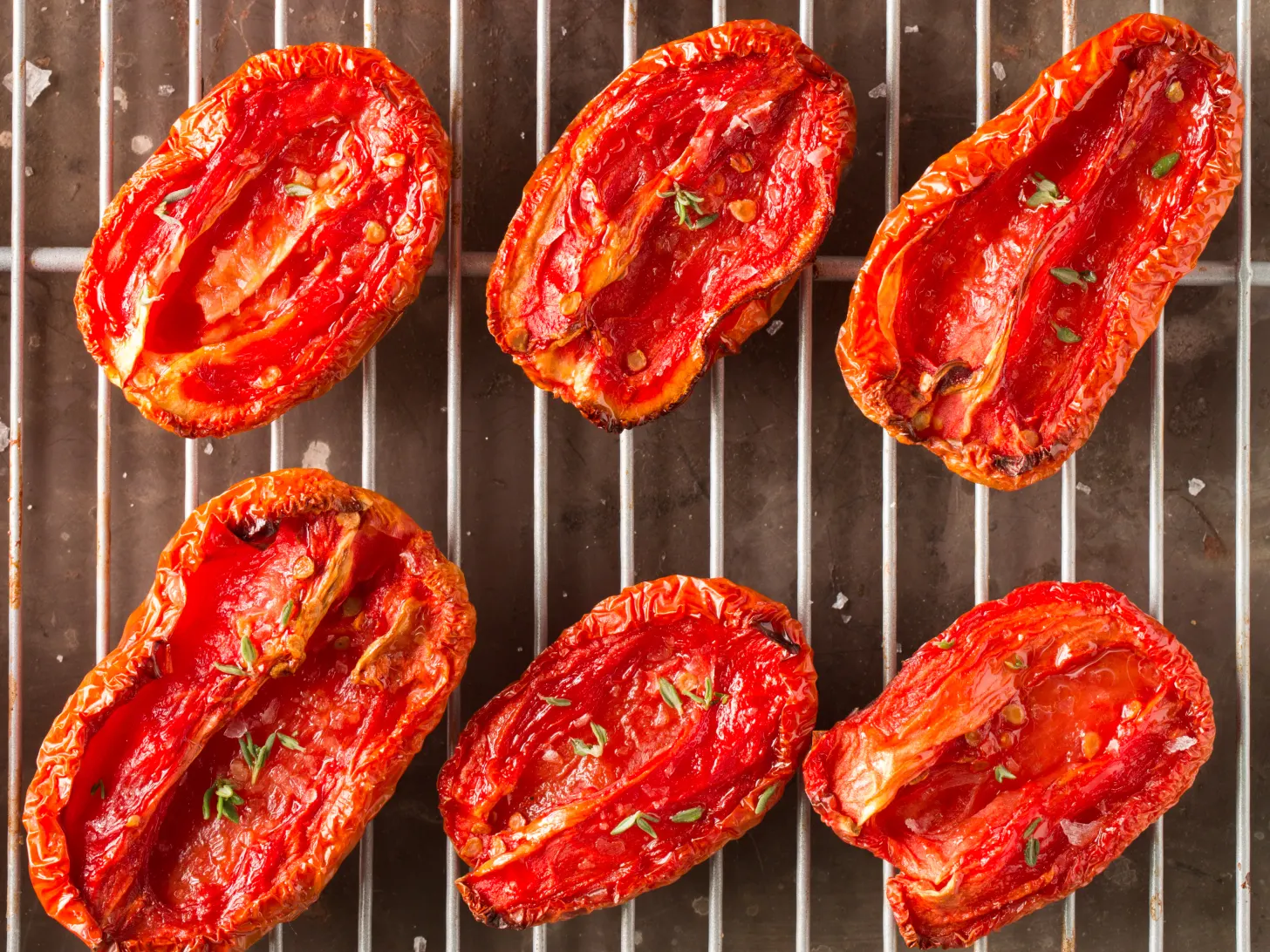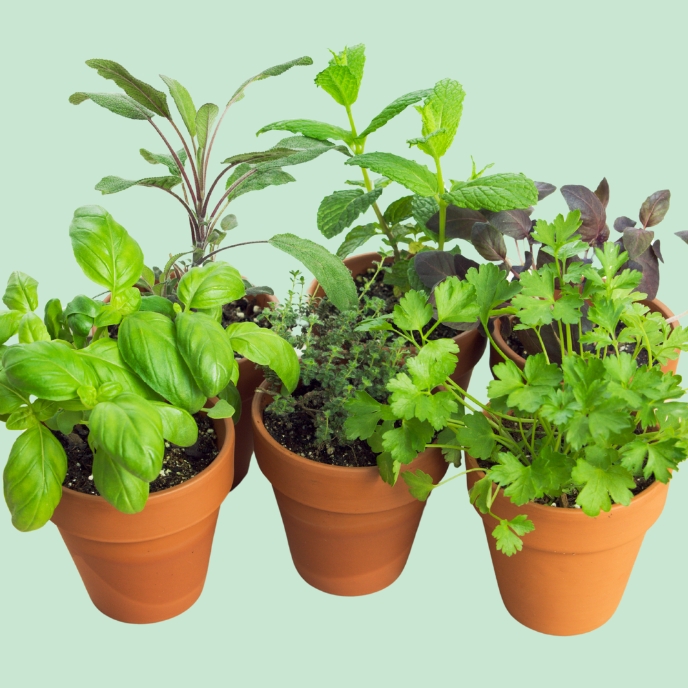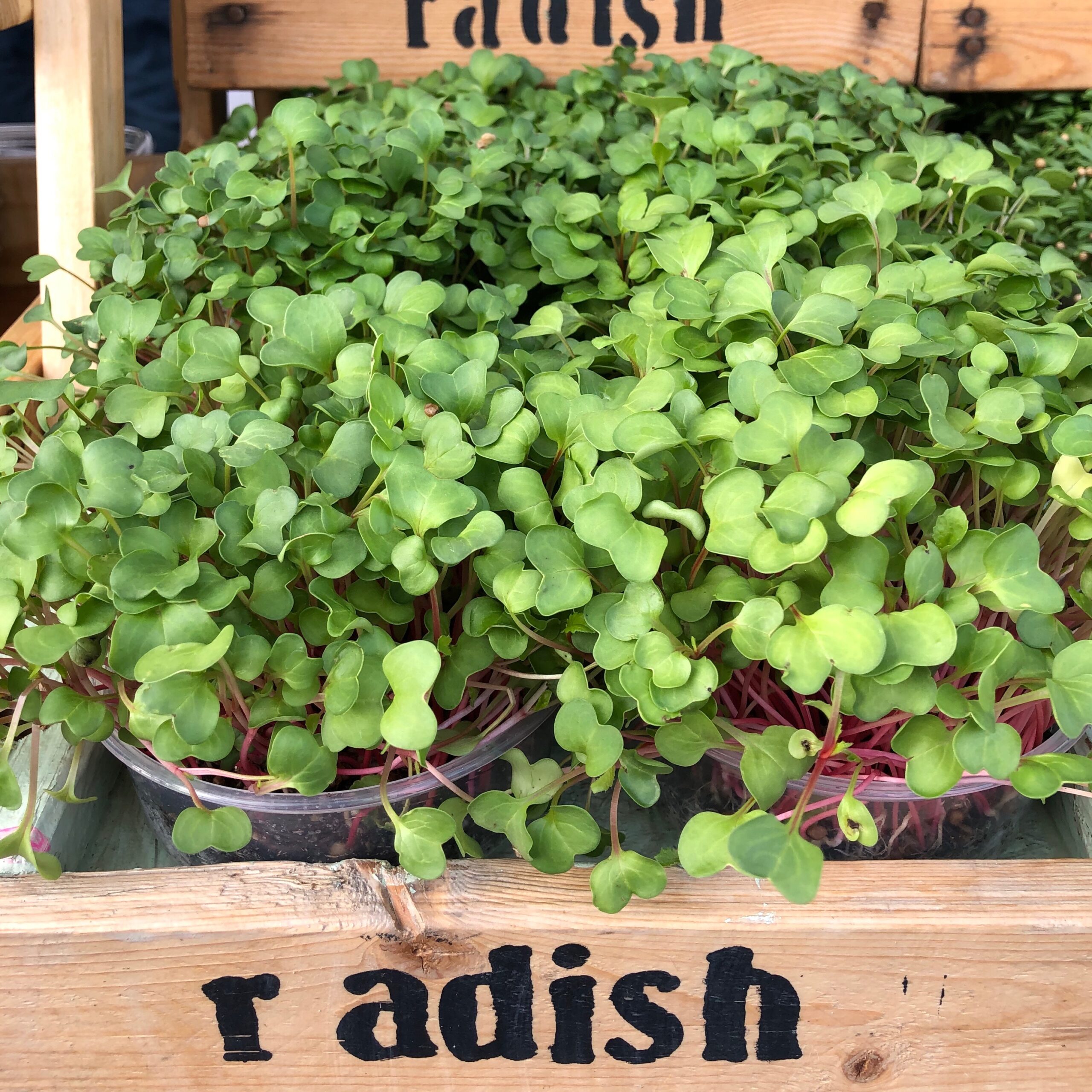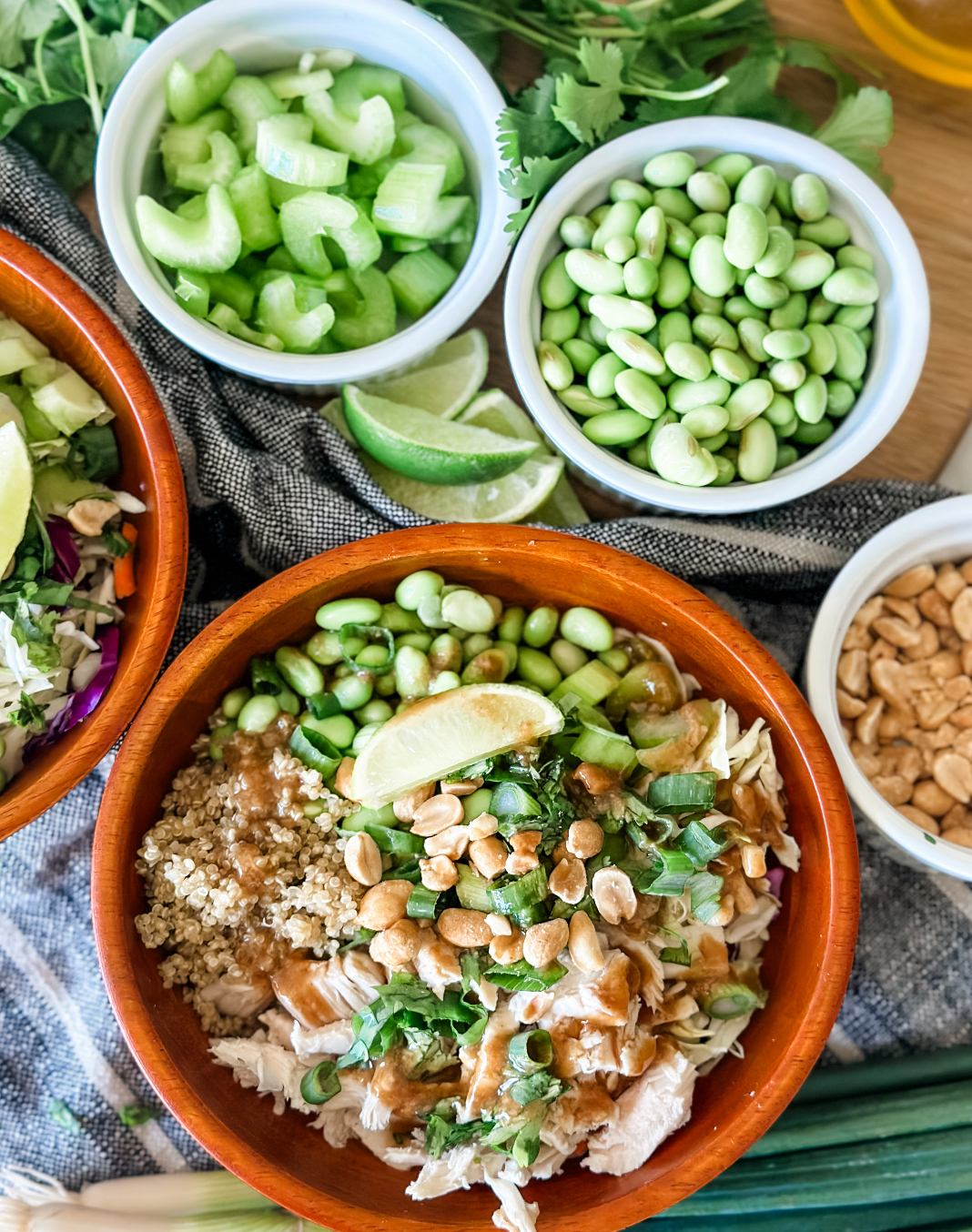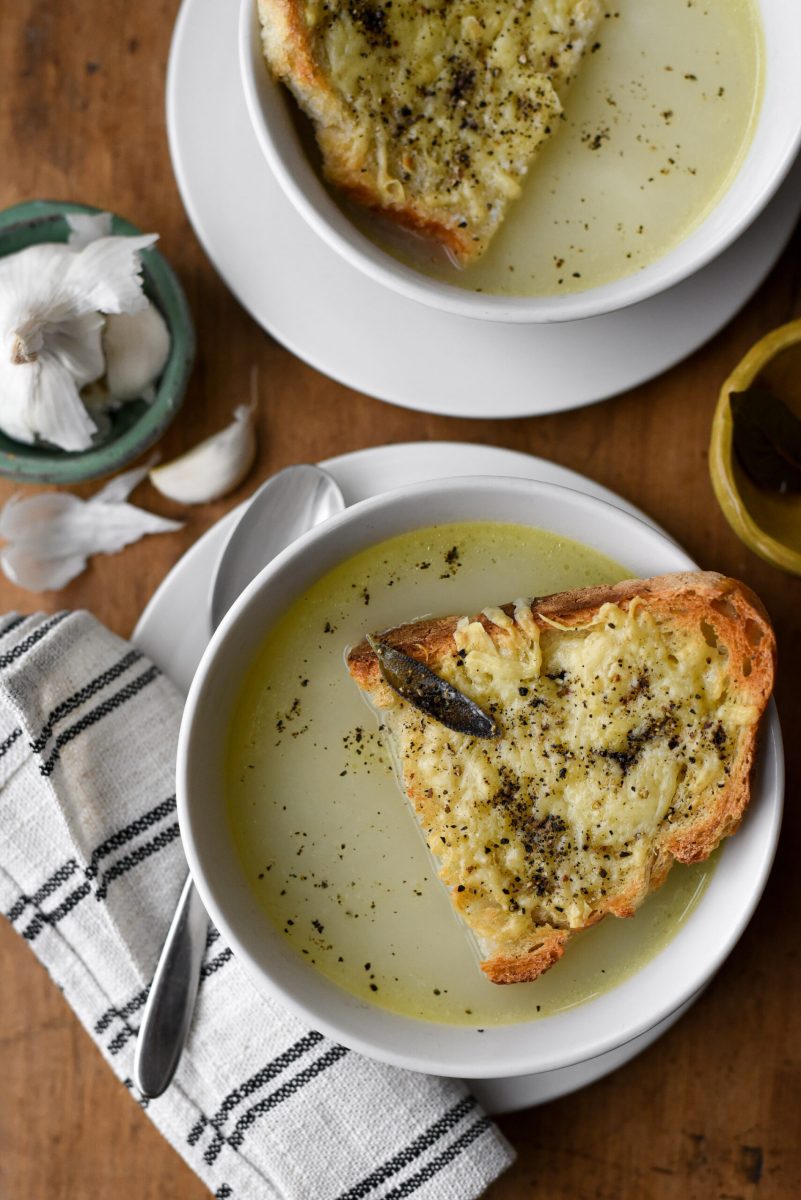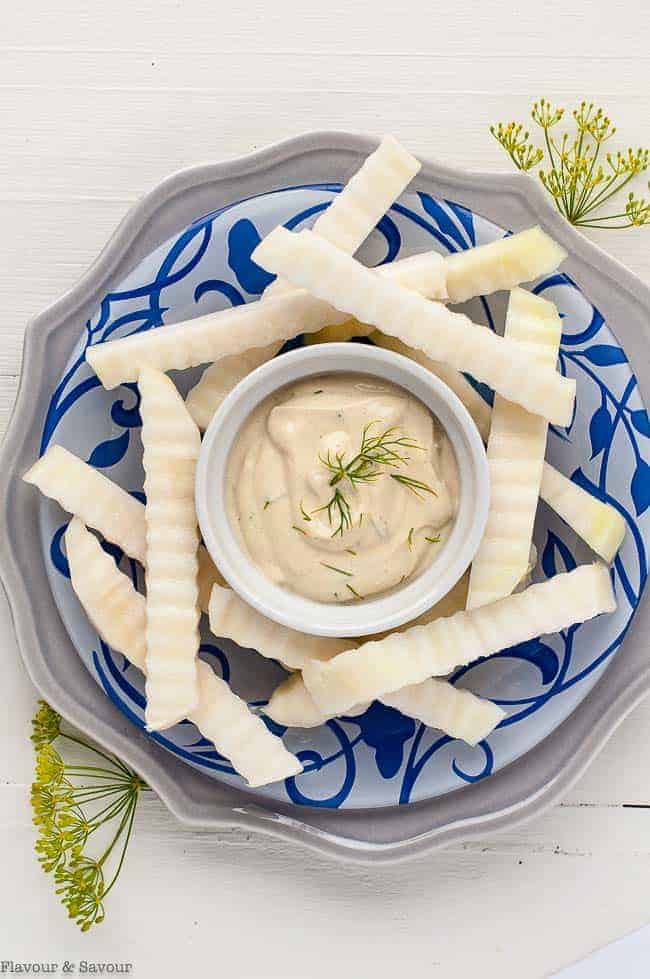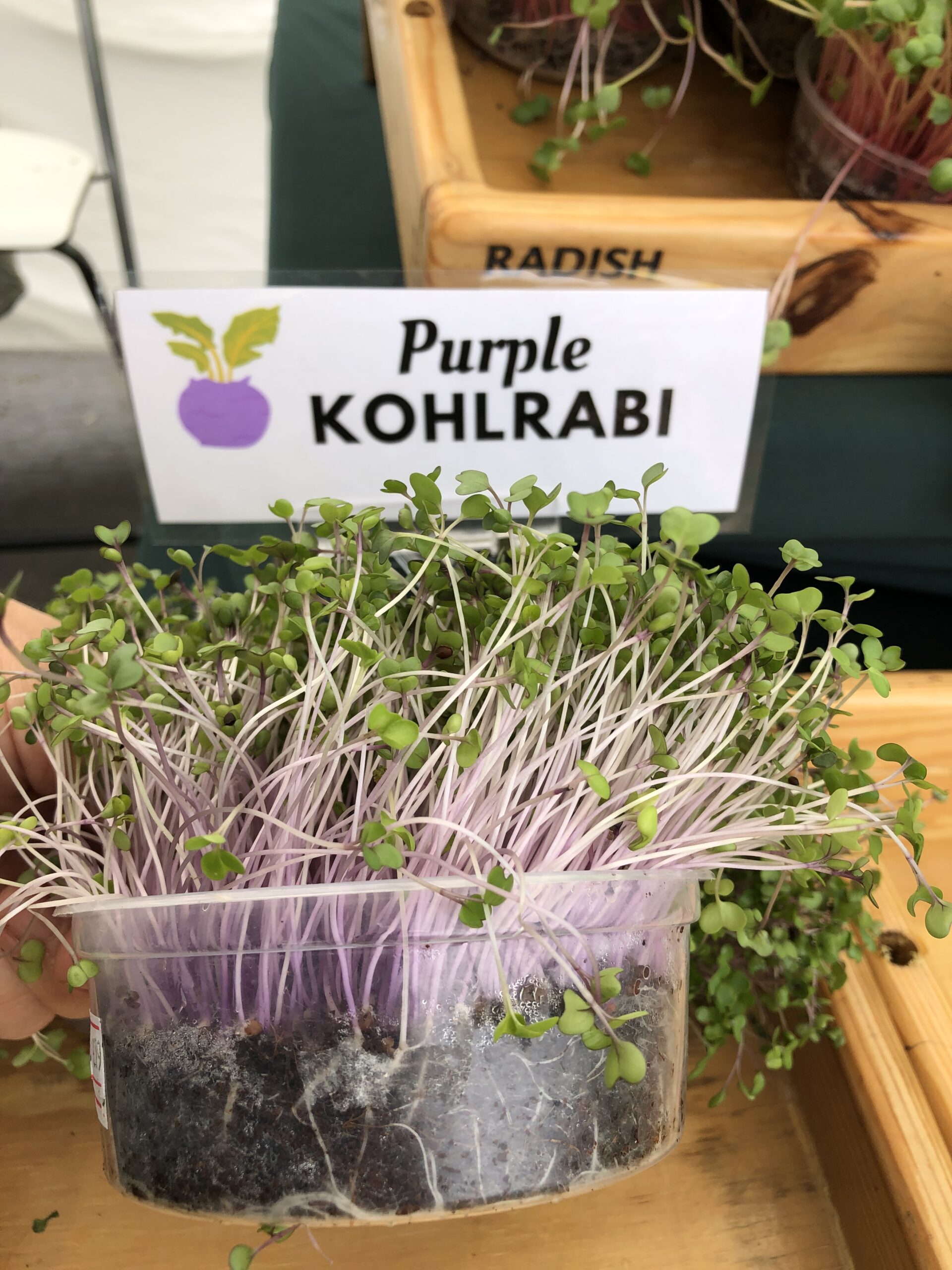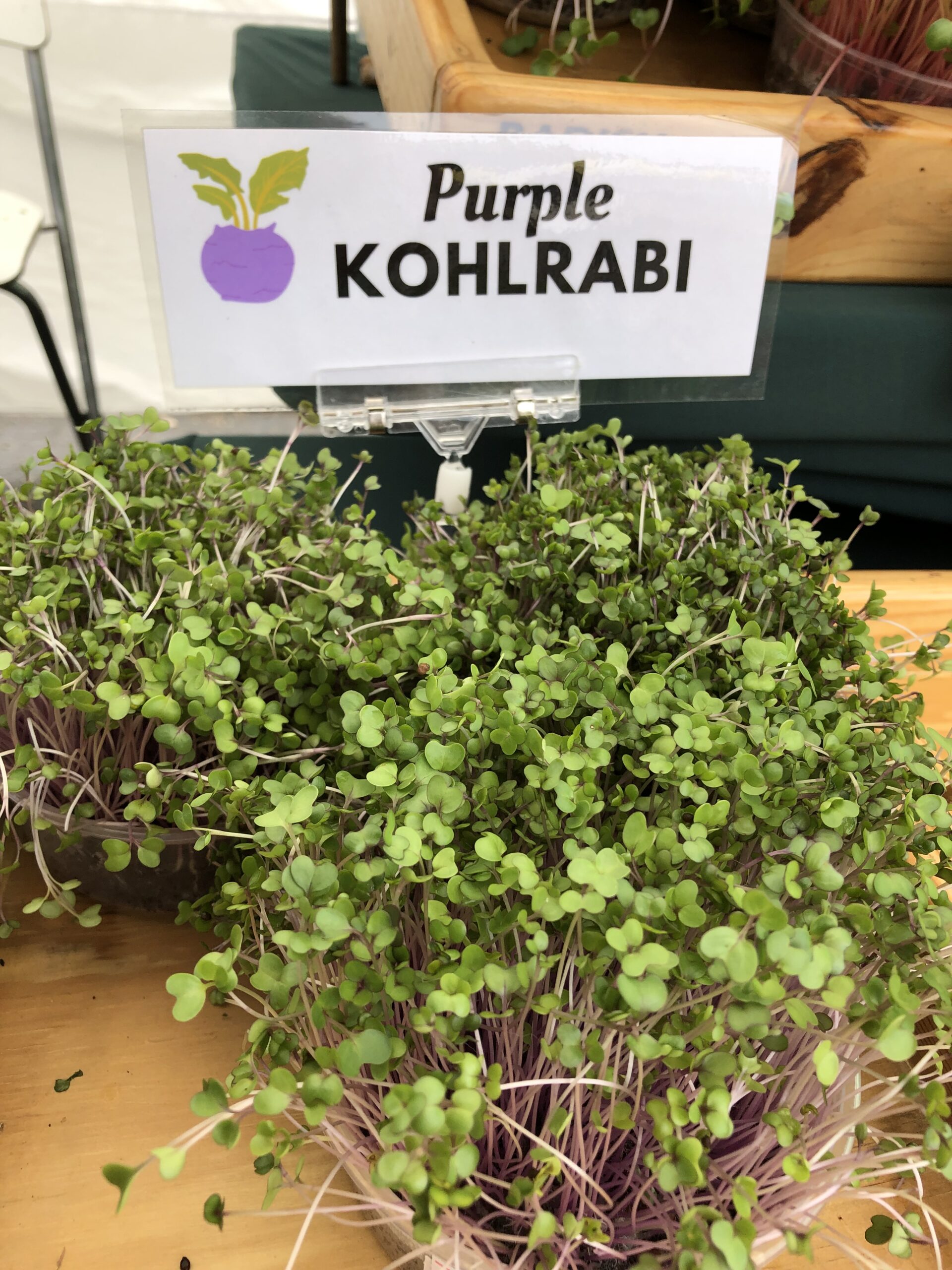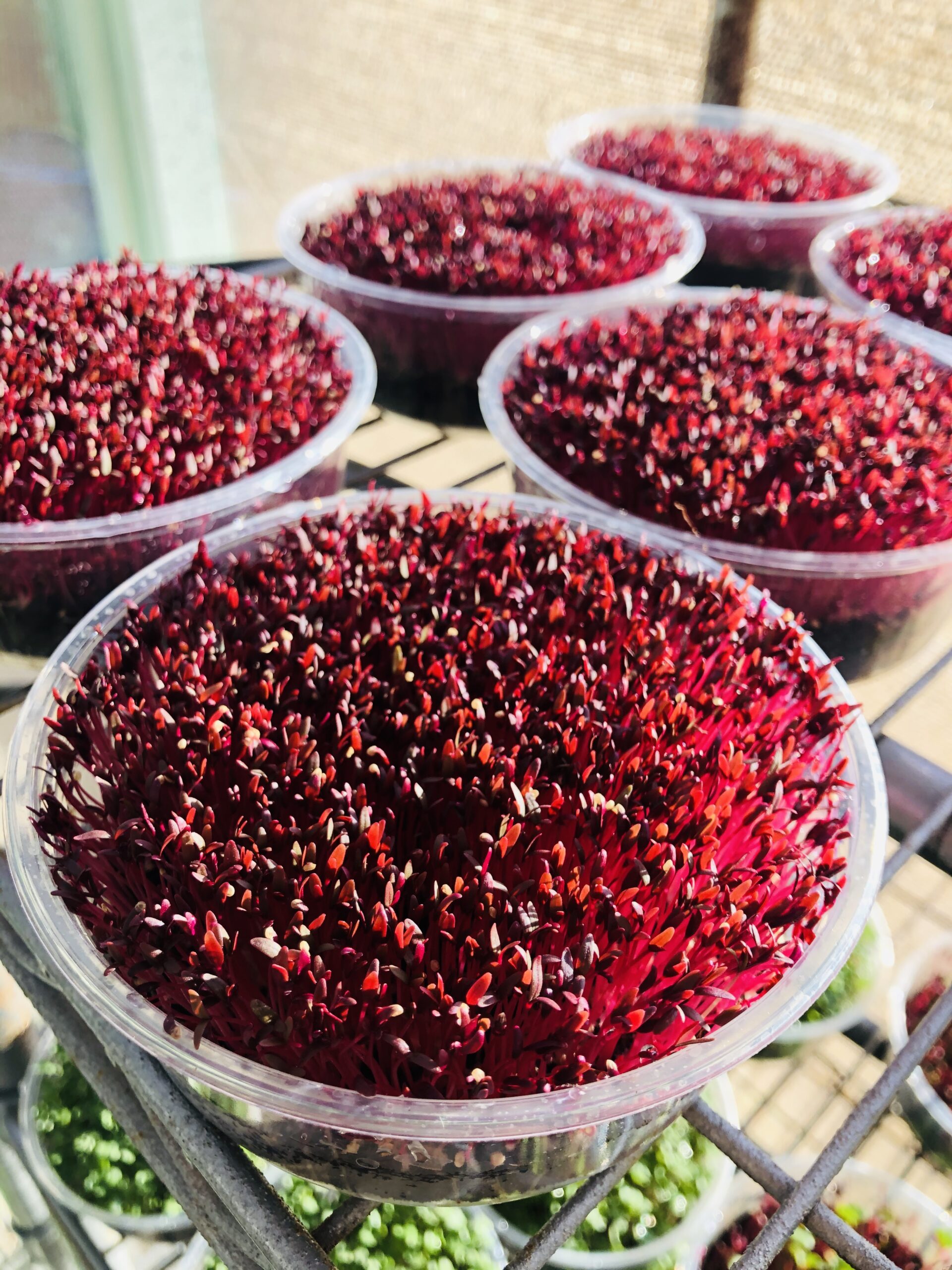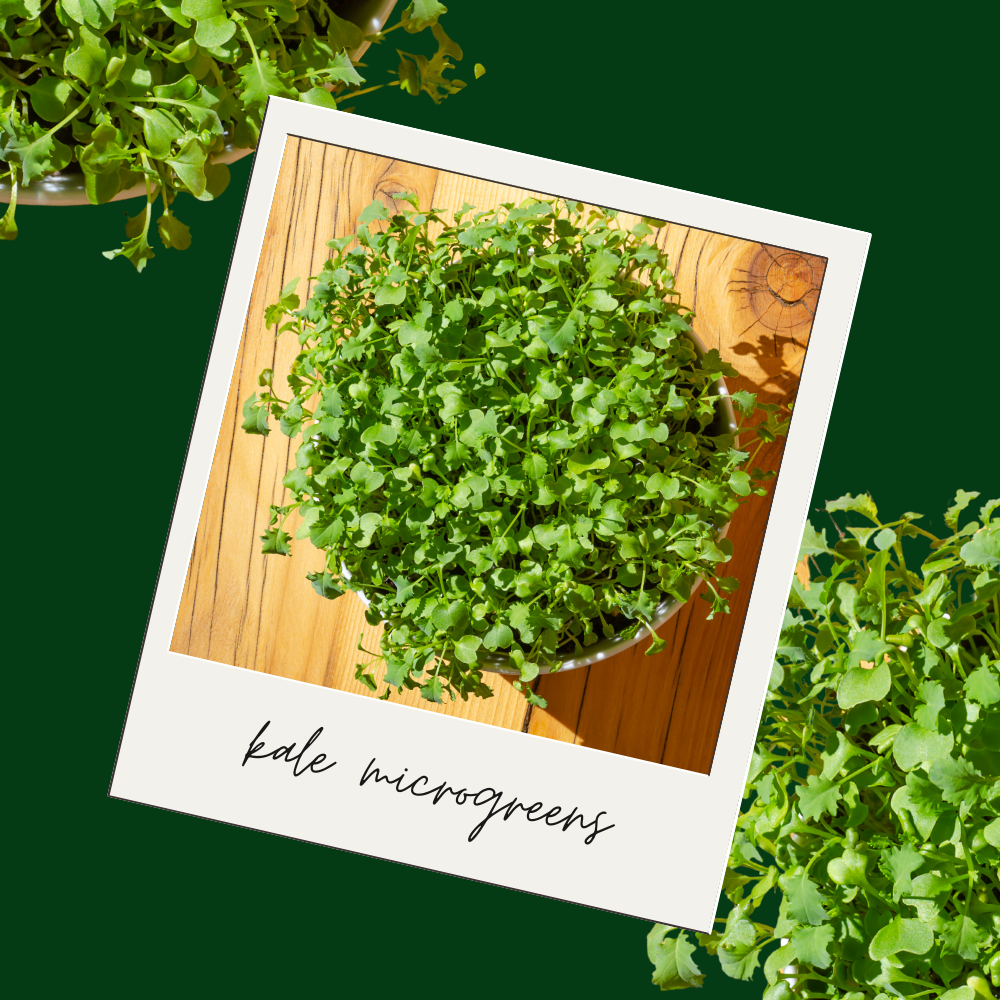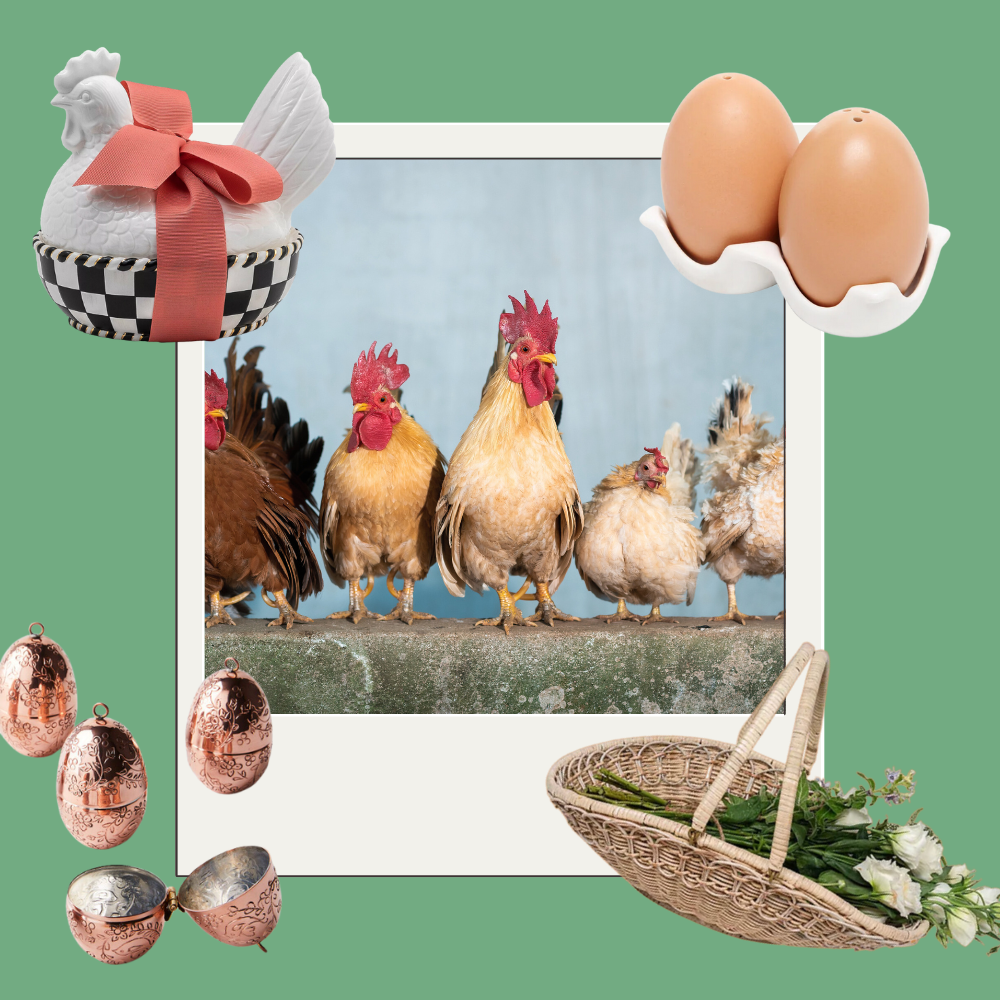All About Hydrangea Care
Wondering how to provide hydrangea care to these lush summer flowers? Read on to learn all about hydrangea care!
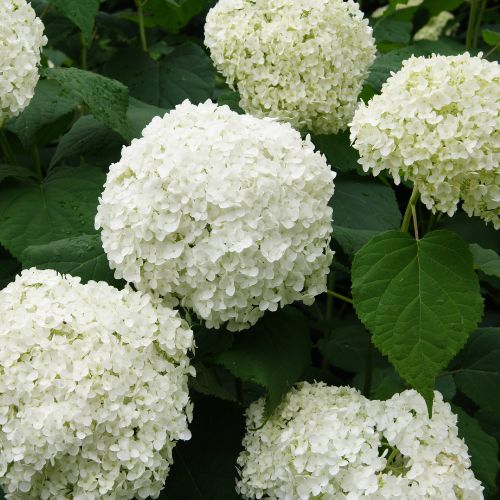
Apparently, bring hydrangea blooms in doors is very bad luck for young maidens. As the superstition goes, hydrangeas indoors doomed a young lass to a life of spinsterdom. My pretty (and married) co-worker told me about that one (somewhat smugly if I remember correctly) when I was very single with no long term relationship prospects.
Though my life was certainly not dedicated to finding a husband, the imagery stuck in my brain for decades. I wonder how many young women feared hydrangea and how many others welcomed the plant with open arms to avoid a bad marriage. I wasn’t planning on cutting hydrangea for a floral arrangement, but still, how did that big puffy flower get such a reputation?
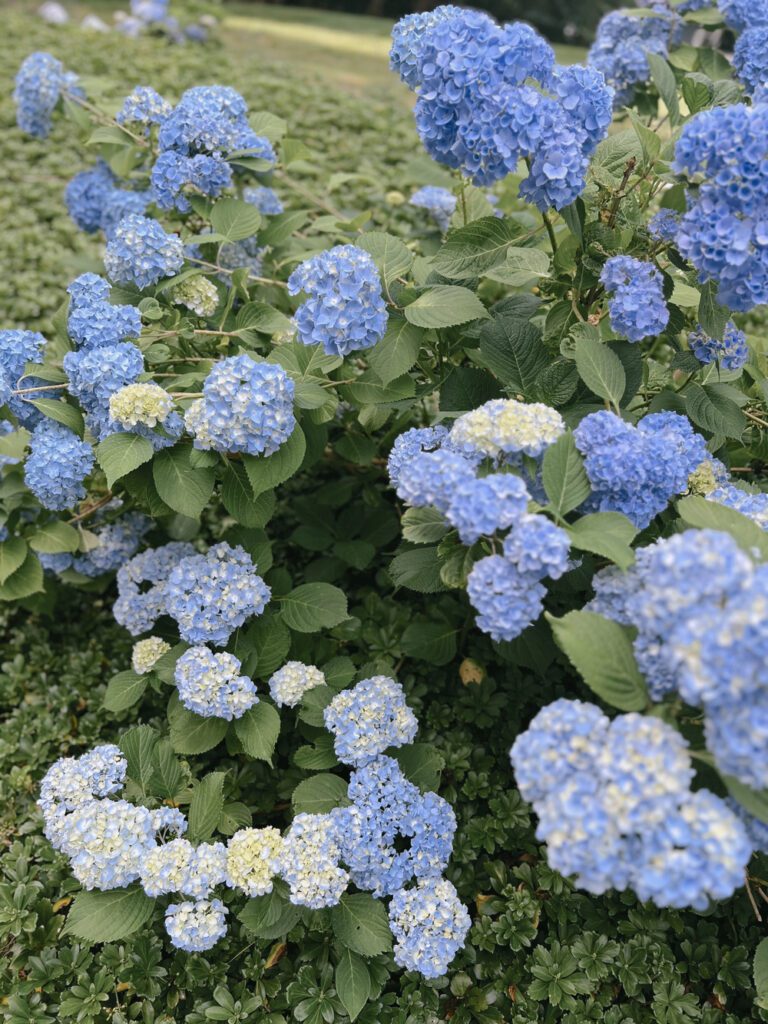
Hydrangeas are not as popular in San Diego where I am from, as in other parts of the country you are more likely to see hibiscus, palms, kangaroo paw, or bougainvillea decorating doorsteps. But I love that several hydrangea shrubs can be manipulated to change colors depending on the ph of the soil. Manipulate the soil and change your flower color. How fun is that?
Southern California is not the ideal place to grow hydrangea’s in the ground. Hydrangeas thrive in well-drained, moist soil (probably why there are fewer hydrangeas in the clay soil of San Diego). If your soil is not well-draining, amend, amend, amend with organic matter like compost before planting helps retain moisture and provide essential nutrients. Or plant hydrangeas in pots!
Hydrangea Care in Pots: Can Hydrangeas Thrive in Pots?
Yes! But the pot matters.
- Choosing the Right Pot:
- Size Matters: Select a pot that’s at least 2-3 inches wider in diameter than your hydrangea’s root ball. This allows for proper growth and prevents the roots from becoming pot-bound.
- Drainage is Key: Make sure the pot good drainage holes so the roots stay moist not waterlogged. Consider placing the pot on a saucer to collect excess water, but empty it regularly to avoid drowning the roots of your hydrangea.
- Choose the Right Kind of Pot: I love a good natural looking terracotta pot, which provides good drainage. But that clay can dry out quickly in hot weather, especially in places with little rain. Plastic pots retain moisture better but may need more frequent monitoring to avoid overwatering (if you live in a wetter climate). Choose a material that suits your climate and watering habits. For me in sunny and dry San Diego, that’s a plastic pot.
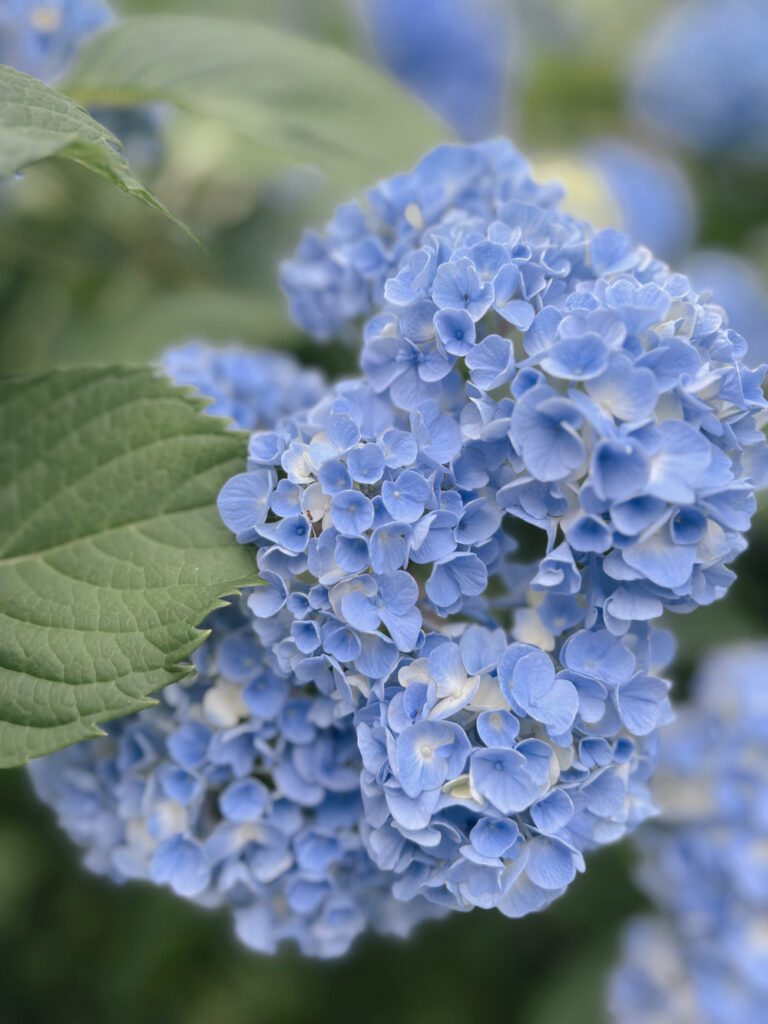
Location, Location, Location
Hydrangeas appreciate a balance of sun and shade. Ideally, they prefer morning sun followed by afternoon shade. However, depending on your climate, some adjustments might be needed:
- Hot Climates: Provide more afternoon shade, especially for varieties with larger blooms, to prevent scorching.
- Cooler Climates: More sun exposure (up to 6 hours) can be beneficial for encouraging blooms.
Hydrangea Care: Keeping Your Hydrangeas Hydrated
Consistent moisture is key for hydrangeas, but avoid overwatering, which can lead to root rot. Don’t let your hydrangea dry out. Here’s how to find the watering sweet spot:
- Finger Test: Stick your finger about 2 inches into the soil. If it feels dry, it’s time to water.
- Rise and Water: Water your hydrangeas in the morning to allow the soil to absorb moisture before the heat of the day.
- Deep Soaking: Aim for a deep soak that reaches the root zone, rather than frequent shallow watering. Set your hose to barely drip and let sit in your pot for as long as it takes if your plant is very dry.
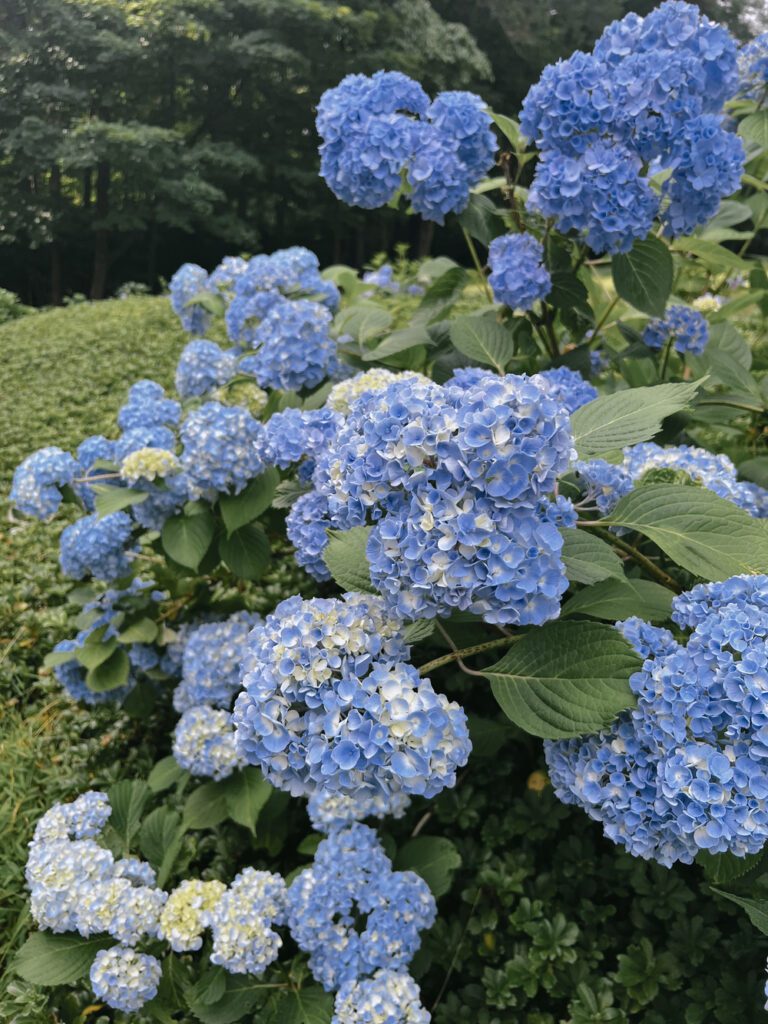
Hydrangea Care: Feeding Your Hydrangeas
While hydrangeas aren’t heavy feeders, a balanced fertilizer can support their growth and blooming. Here’s what to consider:
- Timing is Key: Apply fertilizer in early spring before new growth appears and potentially again in mid-summer for a boost during blooming.
- Just the Right Amount of Nitrogen: For big, blue blooms, a fertilizer with a higher nitrogen content (first number in the N-P-K ratio) can be beneficial. But don’t over fertilize, too much nitrogen can reduce flowering and encourage leaf growth.
- Acidic Soil Preference: For varieties that prefer acidic soil (indicated by blue or purple blooms), or the type of hydrangeas that can change color depending on the soil ph, consider using a fertilizer formulated for acid-loving plants or use a more acidic potting soil when you repot your plant. Adding used coffee grounds to your potting soil can help too.
Pruning: Shaping Your Hydrangeas
Pruning hydrangeas encourages bushier growth and promotes more blooms. However, the timing and method depend on the type of hydrangea you have:
- Bigleaf Hydrangeas (Hydrangea macrophylla): These varieties typically set flower buds on old wood (previous year’s growth). Prune them in late winter or early spring before new growth appears. Remove spent blooms and thin out old or crowded branches to promote good air circulation.
- Panicle Hydrangeas (Hydrangea paniculata): These varieties bloom on new wood (current year’s growth). Prune them in late winter or early spring to control size and encourage bushier growth. You can also lightly prune in mid-summer after flower buds have formed to remove dead or weak stems.
Hydrangea Care in Freezing Weather
Bring your pot indoors, move to a sheltered location, and/or heavily mulch around your plant (and pot) in cold weather. Though hydrangeas can withstand snow and freezing, don’t allow ice to form. It’s better to move your potted hydrangea out of the snow.
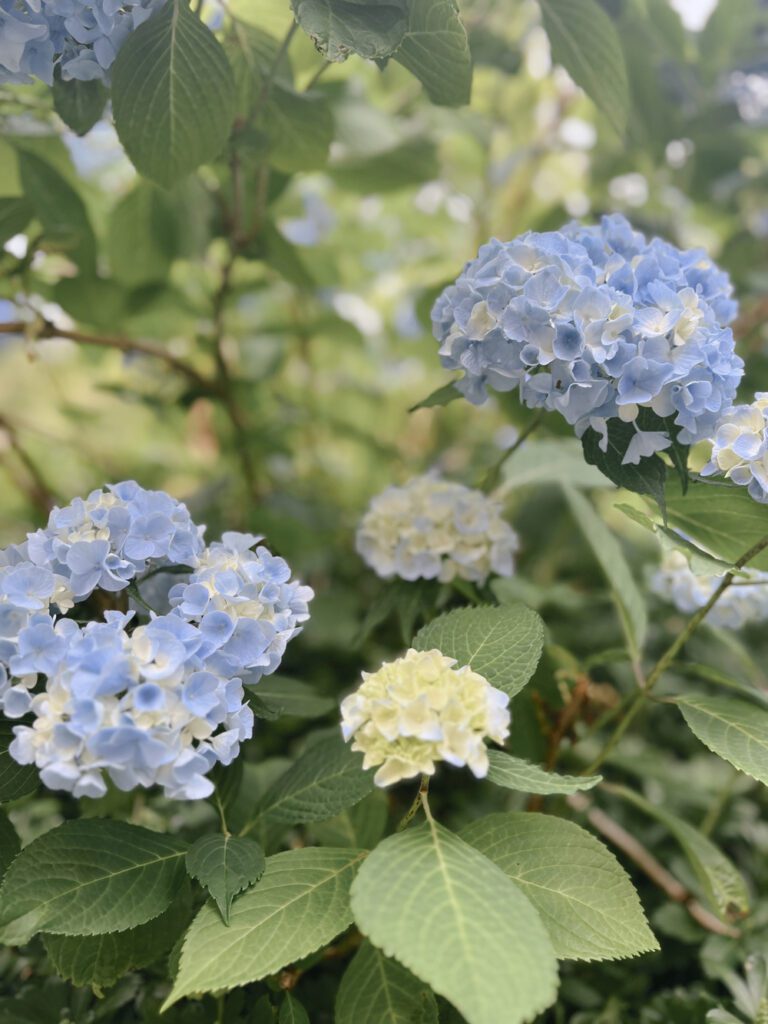
Bonus Tip: Changing the Color of Your Blooms (For Bigleaf Hydrangeas Only!)
The fascinating aspect of bigleaf hydrangeas is the ability to influence their bloom color! Here’s the secret:
- Pink or Red Blooms: For these colors, your soil needs to be slightly acidic. Apply aluminum sulfate (following package directions) to lower the soil pH.
- Blue Blooms: Aim for slightly acidic soil, but not as acidic as for pink or red blooms. Test your soil pH to determine if adjustments are necessary.
With a little care and attention, your hydrangeas will reward you with years of stunning blooms. By following these simple tips, you can cultivate a flourishing hydrangea haven in your own garden. Now get out there, get your hands dirty, and experience the joy of nurturing these beautiful flowering shrubs! Even in areas like Southern California where the soil is not hydrangea friendly, you can grow these beauties in pots.
Dried Hydrangeas
Did you know you can dry hydrangeas and make a charming, boho flower arrangement? Well, martha stewart says you can! I am so excited to give this a try! Get some flower drying silica for especially vibrant dried hydrangea! I wonder if dried hydrangea evokes the same spinster doom as fresh indoor hydrangea?
